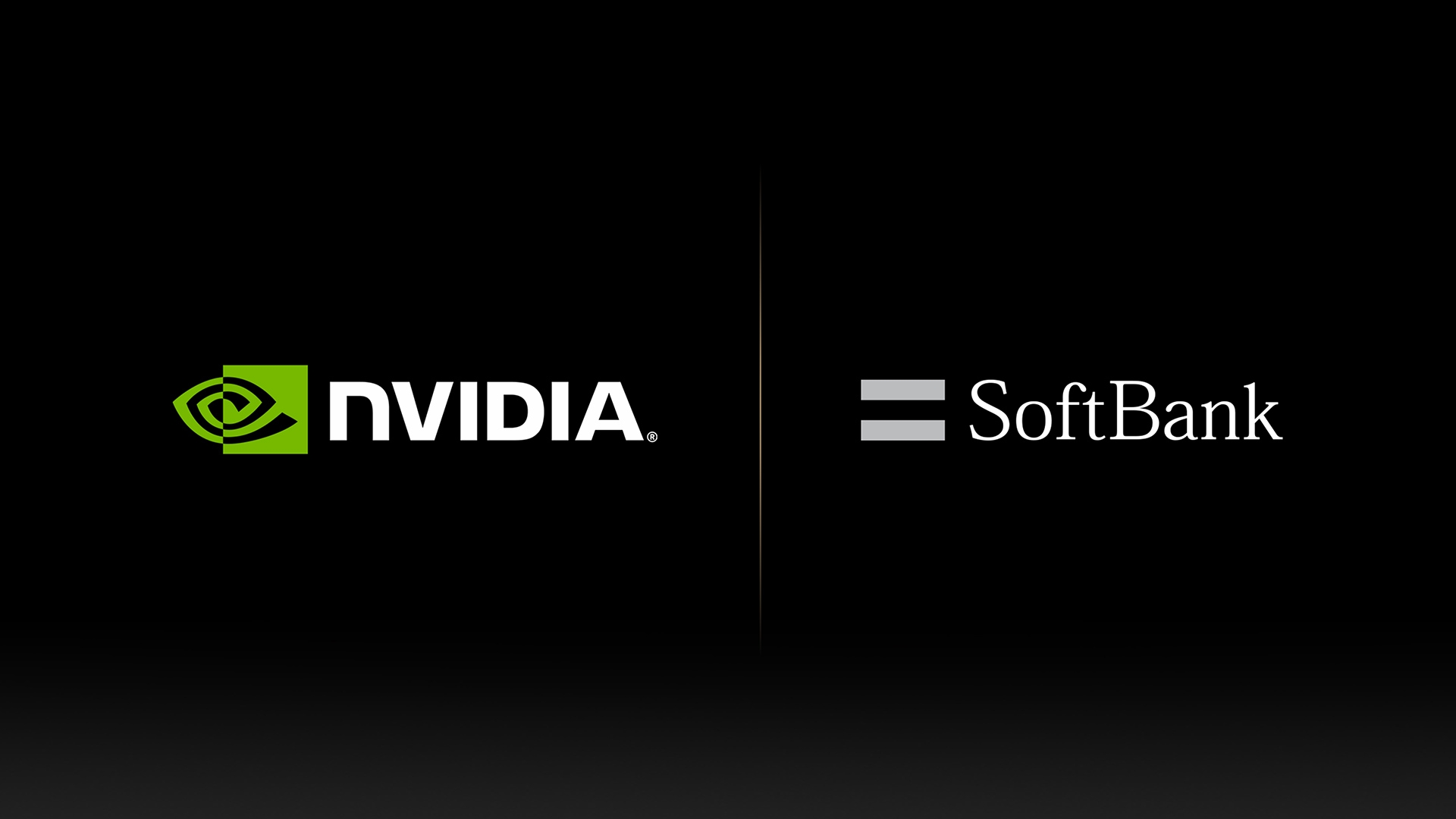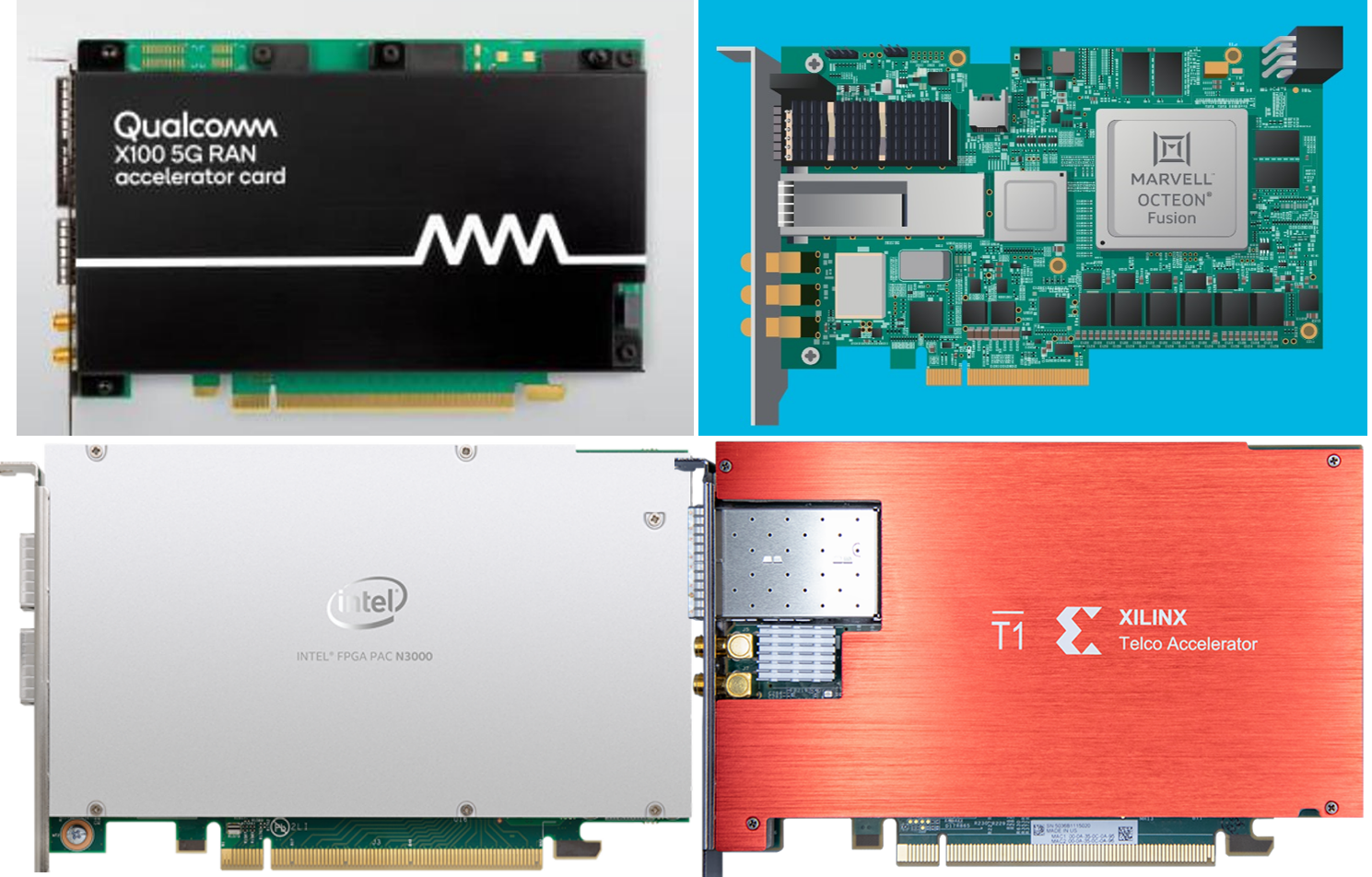NVIDIA and Softbank recently announced that they had developed a dual-purpose AI-driven 5G MEC and vRAN distributed platform based on NVIDIA’s new GH200 Grace Hopper superchip. The two partners intend to deploy a network of regional data centres across Japan later this year to capitalize on the demand for accelerated computing and generative AI services. The shared multi-tenant platform will also offer a range of 5G vRAN applications and Softbank is creating 5G applications for autonomous driving, AI factories, augmented and virtual reality, computer vision and digital twins.
Key Takeaway No. 1: Platform Limitations
软银我s offering a dual-purpose platform where the main application is AI compute via a high-performance edge analytics platform to capitalise on the expected surge in demand for AI processing capacity. Although the company is also developing a range of 5G applications, the AI and 5G workloads will be offered simultaneously. Counterpoint Research believes that the platform is unlikely to be feasible for vRAN workloads alone and understands that the two partners are not targeting this market.
Key Takeaway No. 2: Leveraging GPU Usage in the RAN
NVIDIA GPU计划利用其处理capacity in the RAN in a number of ways, for example, to improve spectral efficiency. One way of doing this is to apply AI to optimise channel estimation feedback data between a user device and a base station. A compute intensive problem with mMIMO radios, using AI to compress receiver feedback data would reduce signalling overhead, thereby resulting in an useful increase in uplink channel capacity. This could be particularly effective at the edges of a cell. Using its GPUs in this way, NVIDIA claims that it can boost gain for cell edge users by 14-17 dB. Other applications include using AI to optimise beamforming management in millimetre wave mMIMO radios as well as to accelerate Layer 2 scheduling.
The full version of this insight report, including a complete set of Key Takeaways is published in the following report, available to clients of Counterpoint Research’s5G Network Infrastructure Service (5GNI).
New Report: NVIDIA and Softbank Join Forces To Deploy AI-Based 5G MEC Telco Network Across Japan

Table of Contents:
Snapshot
Key Highlights
– 5G MEC Telco Network
– Grace Hopper Superchip
– Leveraging Software Resources
– Performance Details
– Use Case and Deployment Options
– Key Partners
– Competitors
分析师的观点
– Platform Limitations
– Benefits of RAN-in-the-Cloud
– Eliminating RAN hardware dependency
– The Intel vs ARM battle
– Leveraging GPUs in the RAN
– A Crowded Market


